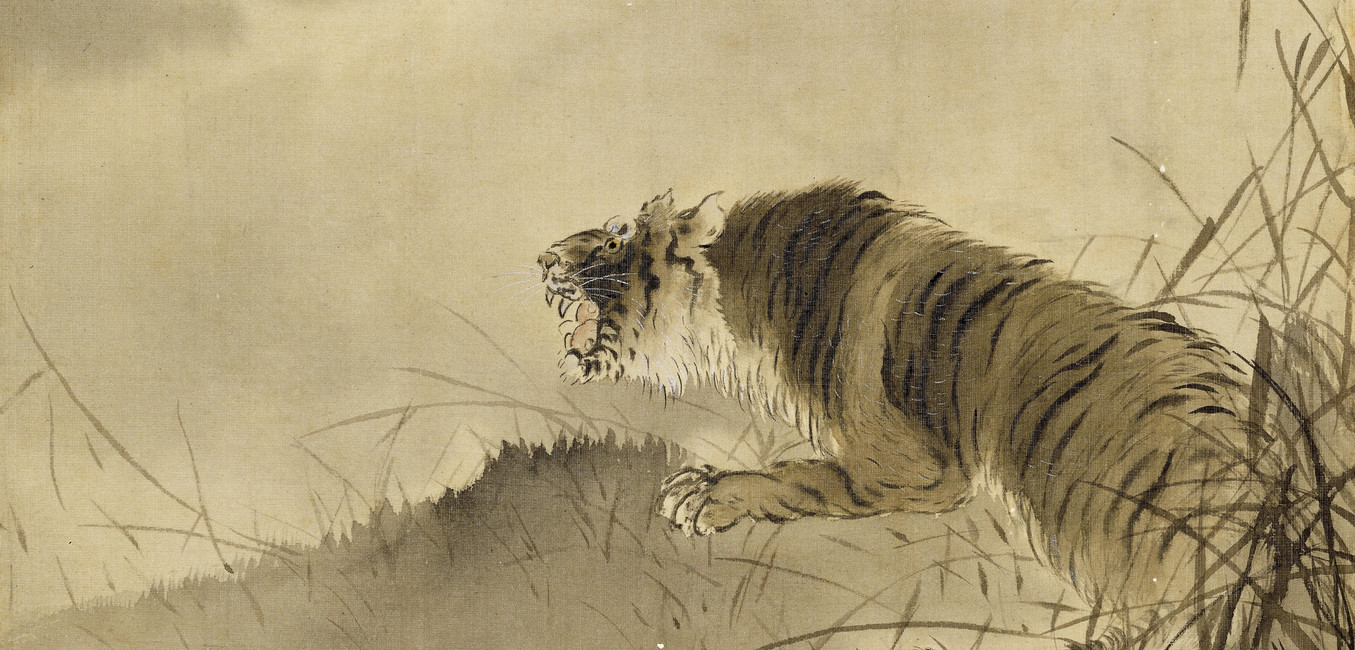He Xiangning (1878-1972), born in Hong Kong, was one of the great female activists and artists in modern Chinese history. She often called herself "The Owner of Shuangqing Building" and "Cotton Villager", after her family's ancestral village in Guangdong Province.
In 1903, she traveled with her husband Liao Zhongkai to study in Japan. She joined the Tongmenghui (Chinese United League) in 1905, and followed Sun Yat-sen into the efforts for the Xinhai Revolution and the fight against the warlords. She then dedicated herself to the Chinese democratic revolution.
After the establishment of the People’s Republic of China in 1949, she held a variety of official posts, including member of the Central People’s Government Committee, director of the Overseas Chinese Affairs Committee, chairperson of the Revolutionary Committee of the Kuomintang, honorary chairperson of All-China Women’s Federation, vice chairperson of the Chinese People’s Political Consultative Conference, vice chairperson of the Standing Committee of the National People’s Congress, chairperson of the Chinese Artists Association, etc.
In her turbulent life and artistic career, the period around 1929 is an important time and space interval and what this exhibition focuses. The story can be told from 1925. In 1927, He Xiangning adhered to the revolutionary concept and resigned from all posts of the Kuomintang government to show her non-cooperation attitude. In the autumn of 1929, He Xiangning issued a statement on her trip to Europe: "This time we have two major purposes. We want to travel around the world to raise the fund of Zhongkai Agricultural and Industrial School, and to promote the culture of the motherland." During this trip, She took more than 300 excellent works of calligraphy and painting with her, and successively traveled through the Philippines, Singapore, etc. Although the trip was not long, it was a precious memory of her contacts with overseas Chinese.
After the founding of New China, He Xiangning and Liao Chengzhi took charge of overseas Chinese affairs. She loved overseas Chinese as her son, has won the reputation of "overseas Chinese's loving mother" and "overseas Chinese's close friend", and has made outstanding contributions to the country's overseas Chinese affairs. With the support and guidance of the United Front Work Department of Shenzhen Municipal Party Committee and organized by our museum, the exhibition aims to tell Chinese stories through in-depth historical materials, both to reproduce the grand occasion of that year and to commemorate this overseas Chinese affairs activity. By giving full play to the advantageous role of the United Front to generate consensus and pool strength on a larger scale, and working together with compatriots at home and abroad work together to achieve the great rejuvenation of the Chinese nation, inheriting and carrying forward the United Front spirit is not only a tribute to the revolutionary ancestors, but also a strength to realize our dreams.



